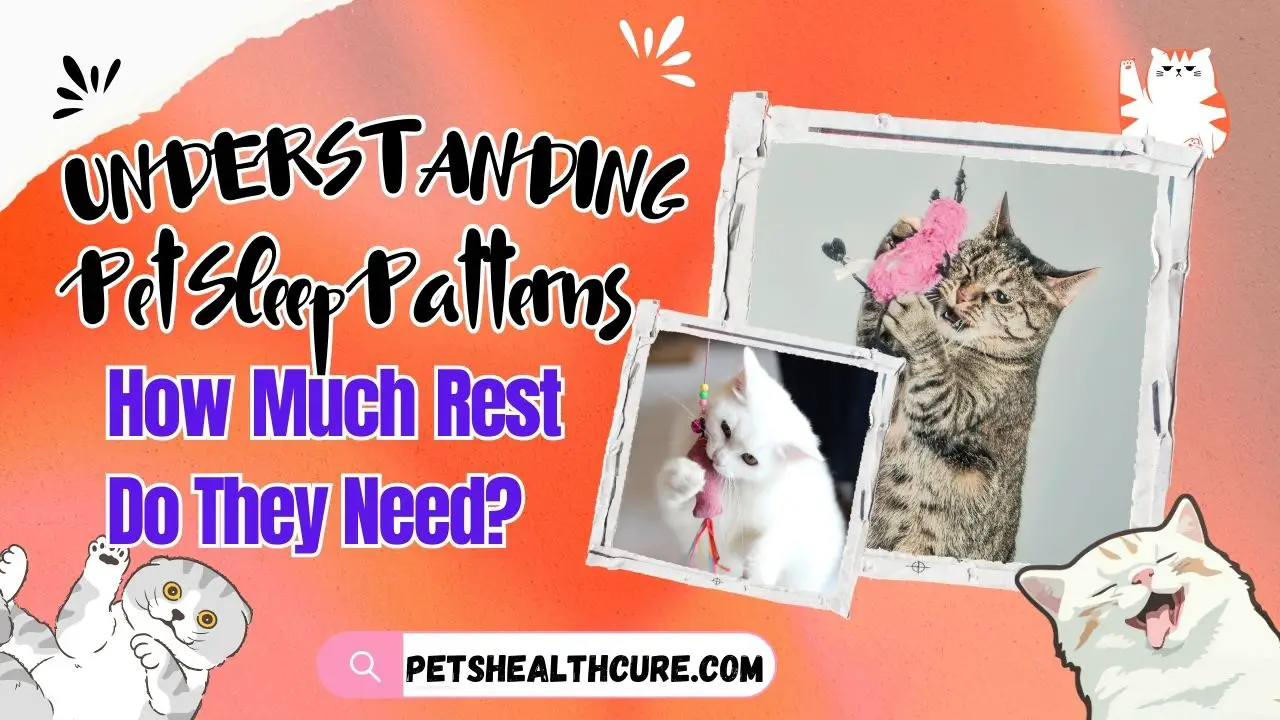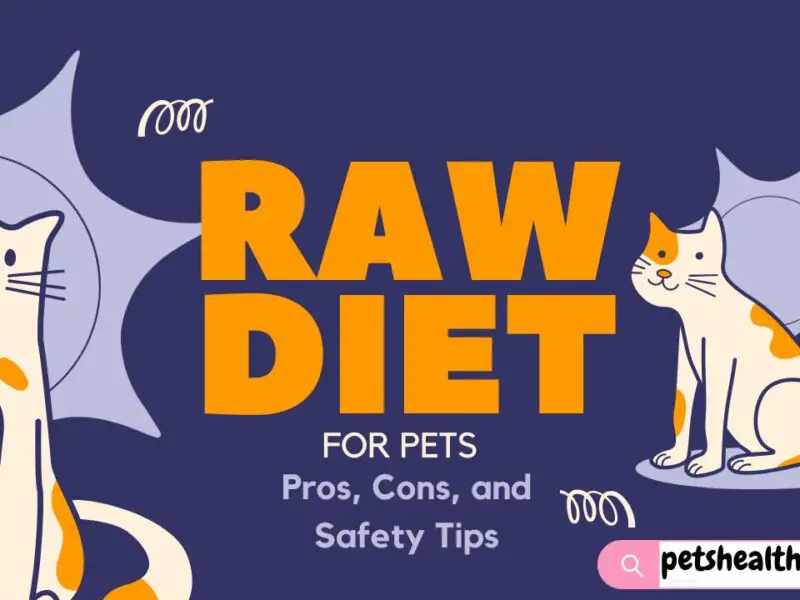Introduction
Understanding your pet’s sleep patterns is a critical aspect of ensuring their overall well-being. Just like humans, pets require adequate rest to maintain their physical health and mental agility. However, the sleep habits of animals can differ vastly based on species, breed, age, and lifestyle. This comprehensive guide delves into the intricate world of pet sleep patterns and how you can support your furry friends in getting the rest they need.
What Are Pet Sleep Patterns?
Defining Sleep Patterns in Pets
Sleep patterns refer to the recurring stages of rest and activity that pets experience throughout the day and night. Unlike humans, many animals exhibit polyphasic sleep, meaning they sleep in multiple short bouts rather than a single extended period.
Differences Between Species
Different species have varying sleep requirements and habits. For example, cats are known for their crepuscular nature, being most active during dawn and dusk. Dogs, on the other hand, tend to adapt their sleep schedules to their owners. Small mammals like hamsters and rabbits have unique patterns influenced by their natural habitats.
Why Sleep is Vital for Pets
Physical Health Benefits
Adequate sleep is essential for pets to recover from daily activities, repair tissues, and bolster their immune systems. Puppies and kittens, in particular, need more sleep to support their rapid growth and development.
Mental Well-Being
Rest also plays a critical role in cognitive functions, helping pets learn and remember commands or routines. Pets deprived of sufficient sleep may exhibit irritability, anxiety, or behavioral changes.
Factors Affecting Pet Sleep
Age and Life Stage
Younger animals and seniors often require more rest. For instance, puppies can sleep up to 20 hours a day, while older dogs may need additional downtime due to reduced activity levels.
Breed-Specific Tendencies
Certain breeds are naturally predisposed to sleep more. Greyhounds and Bulldogs, for example, are known for their love of lounging, whereas working breeds like Border Collies may rest less due to their high energy levels.
Environmental Factors
Noise, lighting, and temperature significantly impact a pet’s ability to sleep soundly. A quiet, dim, and comfortable environment can make a big difference.
Signs of Healthy Sleep in Pets
Observable Behaviors During Rest
Healthy sleep in pets is characterized by calm breathing, occasional twitching, and a relaxed posture. Rapid eye movement (REM) sleep is often evident when pets dream.
Common Postures and Their Meanings
Different sleeping positions can indicate your pet’s comfort level and personality. For example, a curled-up position often suggests a sense of security, while sprawling on their back may indicate trust and relaxation.
Common Sleep Disorders in Pets
Insomnia
Pets experiencing insomnia may struggle to settle down, often due to pain, anxiety, or environmental disturbances.
Sleep Apnea
Certain breeds, particularly those with brachycephalic (flat-faced) features, are prone to sleep apnea, characterized by interrupted breathing during sleep.
Narcolepsy
Though rare, narcolepsy can affect pets, causing sudden bouts of sleep during periods of activity.
How Much Sleep Do Pets Really Need?
Dogs
Dogs typically sleep 12-14 hours daily, with variations based on age, breed, and lifestyle.
Cats
Cats are notorious for their lengthy naps, averaging 12-16 hours daily.
Small Mammals and Exotic Pets
Animals like guinea pigs, ferrets, and reptiles have sleep requirements tailored to their species’ natural habitats and behaviors.
Understanding Sleep Cycles in Pets
REM Sleep in Pets
During REM sleep, pets may dream, evidenced by twitching, vocalizations, or rapid eye movements.
Non-REM Sleep
Non-REM sleep is a deeper, restorative phase where bodily repair occurs.
Do Pets Dream?
Scientific Evidence
Studies have shown that pets exhibit brain activity similar to humans during REM sleep, suggesting they likely dream.
Behaviors Suggesting Dreaming
Twitching paws, tail movements, and soft vocalizations are common during dreams, often mimicking activities from their waking lives.
How to Ensure Quality Sleep for Your Pet
Providing a Safe and Quiet Environment
Creating a dedicated, quiet sleeping space free from disturbances can enhance sleep quality.
Proper Diet and Exercise
A balanced diet and regular physical activity help regulate energy levels and promote restful sleep.
Regular Veterinary Check-Ups
Routine health check-ups ensure any underlying issues affecting sleep are identified and addressed.
The Role of Routine in Pet Sleep Patterns
Establishing a Consistent Schedule
Keeping a regular feeding, exercise, and bedtime schedule helps pets develop healthy sleep habits.
Adjusting to Your Pet’s Natural Rhythms
Observing and respecting your pet’s natural sleep-wake cycle ensures they get the rest they need.
Seasonal Changes and Pet Sleep
How Seasons Affect Sleep
Shorter days in winter and longer daylight hours in summer can influence a pet’s sleep duration.
Dealing With Longer Nights or Shorter Days
Adjusting indoor lighting and activity schedules can help pets adapt to seasonal changes.
Impact of Stress on Pet Sleep
Recognizing Stress-Related Sleep Issues
Signs of stress-induced sleep problems include restlessness, pacing, or difficulty settling down.
Ways to Reduce Stress
Providing enrichment activities, calming pheromones, or soothing music can alleviate stress.
Helping Senior Pets Sleep Better
Common Issues in Older Pets
Arthritis, cognitive decline, and other age-related conditions can disrupt sleep in senior pets.
Tips for Comfortable Rest
Investing in orthopedic bedding and maintaining a consistent routine can improve sleep for older pets.
FAQs About Pet Sleep
How Do I Know if My Pet is Getting Enough Sleep?
Observe their behavior; a well-rested pet is usually active and alert during wakeful periods.
Can Pets Have Nightmares?
While uncommon, pets may exhibit signs of distress during sleep, potentially indicating nightmares.
Is Snoring Normal in Pets?
Snoring can be normal but may also signal breathing issues, especially in brachycephalic breeds.
Why Does My Pet Twitch in Their Sleep?
Twitching is often linked to REM sleep, where dreaming occurs.
Should I Wake My Pet From a Deep Sleep?
It’s best to let sleeping pets lie unless there’s a compelling reason to wake them.
How Can I Help My Pet With Insomnia?
Identify and address the underlying cause, such as discomfort or anxiety, and consult a vet if needed.
Conclusion
Understanding pet sleep patterns and needs is key to fostering a happy, healthy companion. By observing their habits, creating a conducive sleep environment, and addressing any issues promptly, you can ensure your pet gets the rest they deserve.


